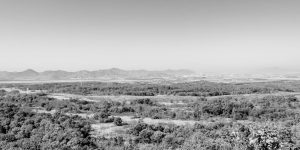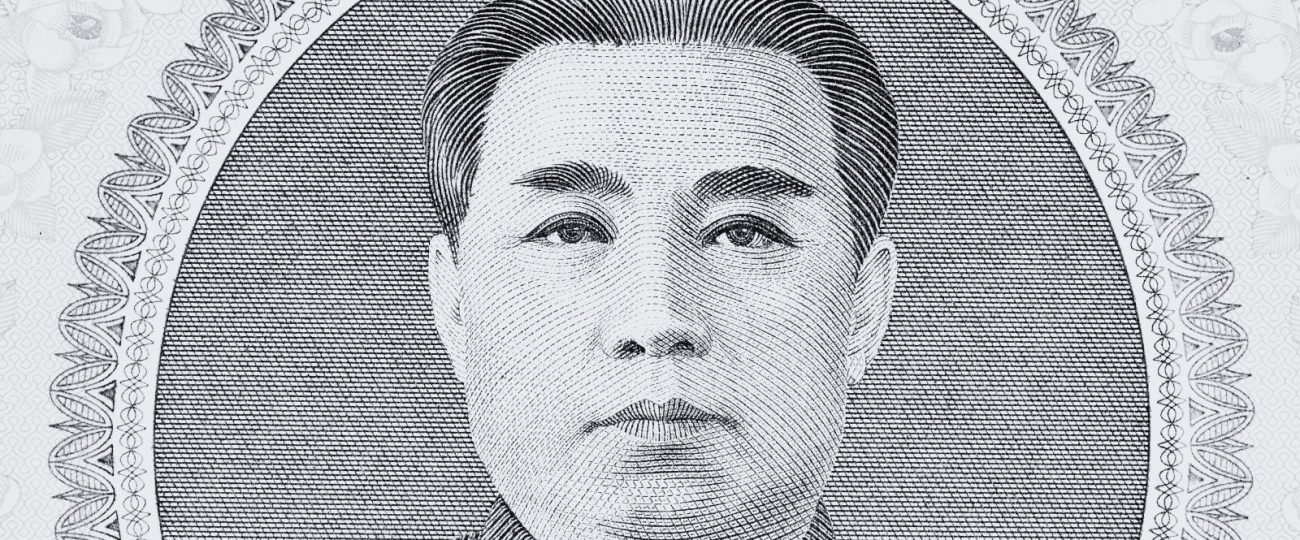What Happened On July 8th?
On July 8, 1994, Kim Jong-il, often called the “Dear Leader,” became the Supreme Leader of North Korea after the death of his father, Kim Il-sung. Little did people know, this transition of power would take control of the country.
Kim Jong-il’s Early Path
Kim Jong-il’s rise to power had been carefully planned. Born on February 16, 1941, his early life was surrounded by myth and propaganda. North Korea claimed he was born in a secret military camp on Mount Paektu, a sacred site in Korean folklore, though Soviet records stated he was born in Siberia. Regardless of his origins, Kim Jong-il was prepared from an early age to take over his father’s position.
By the early 1980s, Kim Jong-il was already seen as the heir, taking on key roles within the Korean Workers’ Party and the military. His father, Kim Il-sung, ensured his son was viewed as a revolutionary hero, building a cult of personality around him. This preparation set the stage for a smooth transition when Kim Il-sung died.
The Eternal President’s Passing
The death of Kim Il-sung on July 8, 1994, plunged North Korea into deep mourning. State media announced his passing with great sorrow. Thus, the “Eternal President,” Kim Jong-il, immediately stepped into his father’s role.
Kim Jong-il’s assumption of power increased the regime’s control over every aspect of life in North Korea, from the media to the military. He emphasized military strength and self-reliance, continuing the Juche ideology his father had championed.
Forged In Conflict
The Korean War (1950-1953) deeply influenced the North Korean regime. Kim Il-sung, supported by Soviet and Chinese forces, attempted to unify the Korean Peninsula under communist rule. The war devastated the region, leading to a stalemate and the establishment of the Korean Demilitarized Zone (DMZ).

Although not directly involved in the war, Kim Jong-il grew up in its shadow. The conflict shaped his views on military power and national security. As he rose to power, he heavily invested in the military, ensuring that the Korean People’s Army remained central to his regime. He focused on developing North Korea’s nuclear capabilities, seeing them as essential to the country’s survival against perceived external threats.
The Iron Grip
Kim Jong-il further isolated North Korea. His regime emphasized the “Military-First” (Songun) policy, prioritizing the military’s needs above all else. Resources were directed towards military development at the expense of civilian needs.
Kim Jong-il expanded prison camps for political dissidents, where severe human rights abuses occurred. His regime’s propaganda portrayed him as a genius in various fields, attributing numerous inventions and artistic works to him.
North Korea’s Global Stance
Kim Jong-il’s North Korea maintained a hostile stance towards the outside world. Relations with South Korea shifted between cautious diplomacy and outright hostility. The North’s nuclear ambitions led to heightened tensions with the United States and other Western nations.
In 2000, Kim Jong-il met South Korean President Kim Dae-jung in Pyongyang, a historic summit that briefly raised hopes for reconciliation on the peninsula. However, these hopes were largely dashed as North Korea continued its nuclear program, conducting its first nuclear test in 2006. Kim Jong-il’s approach to international relations combined aggressive rhetoric and strategic brinkmanship.

Kim Jong-il’s Propaganda Machine
Kim Jong-il’s reign solidified the cult of personality surrounding the Kim family. State media tirelessly promoted his image, depicting him as an infallible leader. He was credited with everything from writing operas to inventing new culinary dishes. This reflected the regime’s need to maintain an aura of divine leadership.
The arts and media were tightly controlled, serving as tools for propaganda. Films, music, and literature glorified Kim Jong-il and his father, reinforcing their status as the saviors of the Korean people. This cultural manipulation extended to education, where schoolchildren were taught to revere the Kim family from a young age.
Nuclear Gambit
Kim Jong-il ruled North Korea until his death on December 17, 2011. His death led to the ascension of his son, Kim Jong-un, who continues to lead the country today. Under Kim Jong-il’s rule, North Korea’s nuclear program advanced significantly, leading to its first nuclear test in 2006. This development altered global security dynamics and continues to impact international relations.
Kim Jong-il’s leadership transformed North Korea into a state where loyalty to the Kim family was paramount, and dissent was ruthlessly crushed. His impact on the country’s political, military, and cultural remains profound, shaping the realities of life in North Korea to this day.





